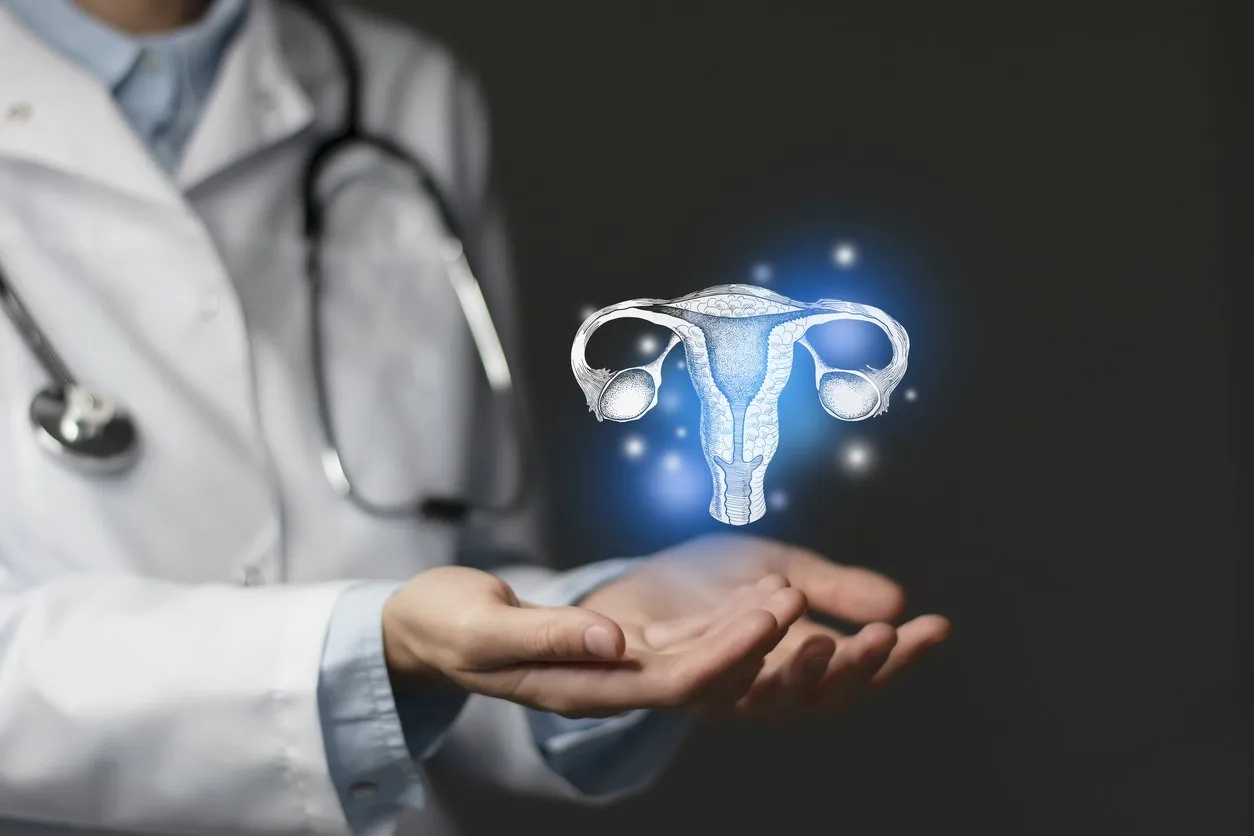Q:
What is ovarian remnant syndrome?
A:
Ovarian remnant syndrome (ORS) occurs if any ovarian tissue is left after surgery to remove both ovaries and fallopian tubes, called a bilateral salpingo-oophorectomy. The syndrome occurs if this ovarian tissue causes severe pelvic pain and/or a pelvic mass.
The condition typically occurs because of the surgical technique used to remove the ovaries. Although ORS is considered fairly rare, its incidence appears to have increased in the past 40 years, possibly related to the increased use of laparoscopic surgeries.These surgeries allow the surgeon to operate through two or three tiny incisions instead of a large abdominal incision.
Certain factors increase the risk of incomplete ovarian removal, including a history of endometriosis, pelvic inflammatory disease, previous abdominal or pelvic surgeries and pelvic adhesions. Adhesions are scar tissue that forms after pelvic or abdominal surgery and "sticks" to organs and other tissue. Adhesions make it difficult for the surgeon to completely identify and remove the ovaries because of the fibrous tissue that binds an ovary with the other structures or with the peritoneum, the membrane that covers the inside of the abdomen and pelvis.
If any ovarian tissue is left in your pelvis, it can, in some instances, continue to produce hormones.
The most common symptoms of ovarian remnant syndrome are constant, chronic pelvic pain, difficult or painful intercourse, cyclic pelvic pain, and painful urination and bowel movements.
The condition is diagnosed based on a careful medical history. One sign that there may be residual ovarian tissue is if after your ovaries were removed, you didn't immediately start hormone therapy but didn't experience menopausal symptoms, such as hot flashes. This would suggest that you may still be producing estrogens. An alternative situation is if after surgery, you started hormone therapy and then discontinued it for some reason but didn't experience these symptoms.
Your doctor may also perform an ultrasound, CT scan or MRI to identify any ovarian tissue or pelvic mass and may measure blood levels of follicle-stimulating hormone (FSH) and estradiol. Estradiol is produced by the ovaries and FSH by the pituitary gland in response to hormonal signals from the ovaries. Levels of estradiol should be very low and levels of FSH should be very high after both ovaries have been removed.
If your doctor does find ovarian tissue remnants, you may be treated with medication to suppress any ovarian function, surgery to remove the tissue, or, as a last resort, radiation to destroy the tissue.


